There is a way to cultivate fish scientifically, and water is raised first.
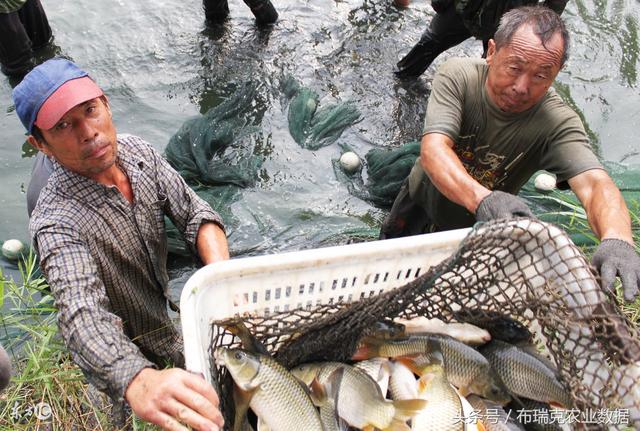
In the process of aquaculture, various aquaculture problems are often encountered, among which there are such problems.
Just like: pigs, chickens, etc. in the farm, fish will also be overraised. Instead of increasing fish production, the water body in which they live will be polluted by excessive faeces and bacteria.
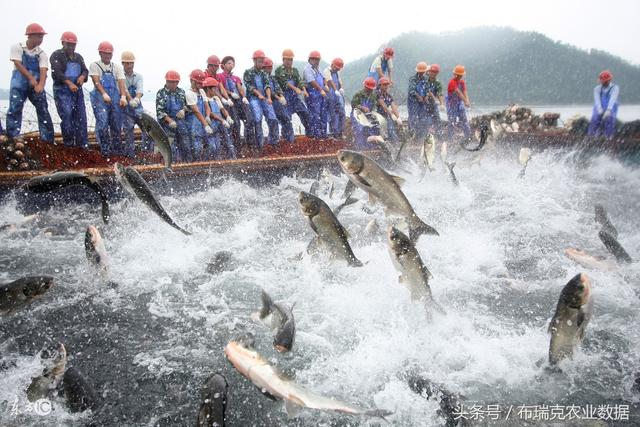
Water bodies are the living environment for fish and animals, just like people living in the air. From this, we can see that the importance of water quality to fish is in fact the same as the importance of air to people, which directly affects the healthy growth of fish and thus directly affects production and economic benefits. Different aquatic animals must have suitable living water quality conditions in order to grow and develop smoothly, and some basic indexes of water quality should be controlled within the range that organisms can adapt and bear, otherwise it will directly affect the growth rate, survival rate and feed coefficient. Economic benefits are not ideal, seriously deteriorating water quality will cause a large number of deaths, resulting in serious economic losses and breeding confidence. Therefore, as far as aquaculture is concerned, "fish culture should first raise water, good water is good fish".
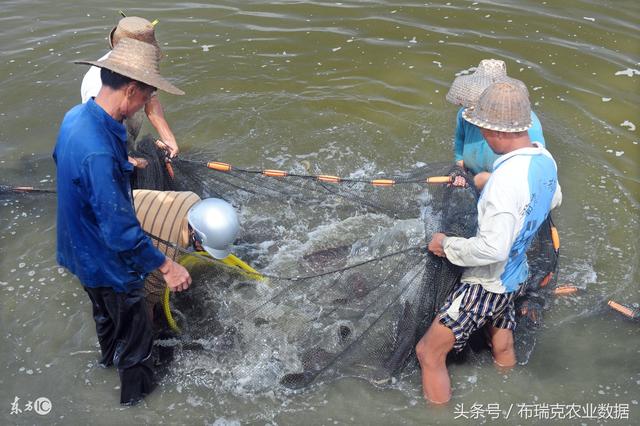
Water body is a solvent and suspending agent, which can dissolve all kinds of gases and salts, such as oxygen, carbon dioxide, ammonia and hydrogen sulfide, nitrite, sulfate, etc., as well as suspended dust, algae, bacteria and so on. Some of the tangible and intangible substances dissolved and suspended are essential, beneficial and harmful to water quality. When there are quite a lot of harmful substances, the water body is easy to deteriorate, and pathogens are easy to reproduce and breed, which can easily lead to diseases.
The main indexes affecting water quality are PH value (pH), dissolved oxygen, ammonia nitrogen, nitrite, hydrogen sulfide and so on. Heavy metals, pesticides, chemical sewage and other polluted water sources, if they exceed the Fisheries Water quality Standard, are not conducive to aquaculture. The water quality should be tested comprehensively and scientifically on a regular basis and improved in time. Water quality testing is not only necessary to ensure healthy water quality, but also the basis of aquaculture.

Solution:
PH value (pH)-Water partial acidity: when the PH value is less than 7, the whole pool can be sprinkled with 20PPM quicklime to increase the PH value by about 0.5, or sprinkle with baking soda. (about 1 cubic meter of water uses 20 grams). Alkaline water quality: when the PH value is between 7Mel 8.5, it is suitable for fish survival, when the PH value is greater than 9, measures can be taken to reduce alkali, the best way is to change water or inject new water. Water diversion drugs such as "detoxification Lvshuibao" can also be used in the whole pool.
Ammonia nitrogen-timely discharge, complete discharge of sludge from the bottom of the pond; selection of high-quality feed to reduce residual bait; when using ammonium nitrogen fertilizer in fish culture, the PH value should be avoided, ammonium nitrogen fertilizer and quicklime should not be used at the same time, preferably more than 10 days apart; microbial water quality improver is used to transfer water, such as "Fei Ba", "detoxification Lvshuibao", etc., which has a significant effect on reducing ammonia nitrogen.
Nitrite-regular change of water, injection of new water; maintenance of sufficient oxygen in the water, timely increase of oxygen or biological oxygen; regular use of water quality improvers, such as "EM live bacteria agent", "EM original dew", "Kangjiedi Jing", etc.
Ph value, ammonia nitrogen and nitrite are the most important testing items in aquaculture water quality management, which should be tested regularly to ensure the safety of water quality. In addition, dissolved oxygen and hydrogen sulfide are also important testing items.
Hydrogen sulfide-fully increase oxygen, high dissolved oxygen can effectively consume hydrogen sulfide; control PH value, high PH value, the greater the chance of hydrogen sulfide poisoning. It is generally controlled between 7.8 and 8.5. Regular replacement of new water to reduce the concentration of organic pollutants. Thoroughly remove the sludge from the bottom of the pool, carry out bottom reform, and use "Kangjie Dijing"; bait reasonably and reduce the amount of residual bait in the pool as much as possible.
Dissolved oxygen-the higher the water temperature, the lower the dissolved oxygen in the water, and the increase in oxygen consumption of aquatic animals at high temperature is also an important reason; the culture density is too high; the more organic matter is decomposed, the more active the bacteria are, the more oxygen is consumed in the process, and it is easy to cause hypoxia; the oxidation of inorganic substances, such as hydrogen sulfide and nitrite in water, will consume a lot of dissolved oxygen.
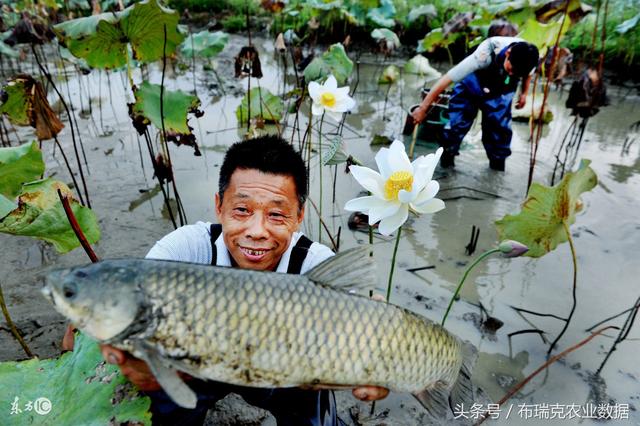
As the saying goes, "water is good for fish". If you want to raise fish well, you should first put these in place to give the fish a good growth environment, and high yield is just around the corner!
[author: Xiaoyuer]

- Prev
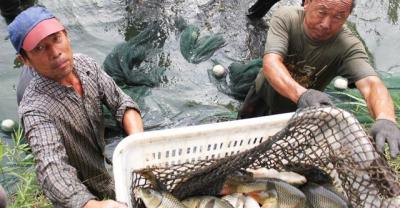
Brief Analysis of disinfectants commonly used in Aquaculture
In recent years, the scale of aquaculture in Guangxi has developed to a great extent, but the water environment in aquaculture is due to high-density aquaculture and excessive residual bait deposition.
- Next
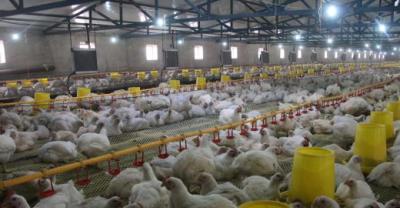
Culture methods and matters needing attention of Dendrobium candidum
Dendrobium candidum (scientific name: Dendrobium officinale Kimura et Migo), also known as: black section grass, Yunnan iron. Belonging to Neoptera, Orchidaceae perennial.
Related
- On the eggshell is a badge full of pride. British Poultry Egg Market and Consumer observation
- British study: 72% of Britons are willing to buy native eggs raised by insects
- Guidelines for friendly egg production revised the increase of space in chicken sheds can not be forced to change feathers and lay eggs.
- Risk of delay in customs clearance Australia suspends lobster exports to China
- Pig semen-the Vector of virus Transmission (4)
- Pig semen-the Vector of virus Transmission (3)
- Five common causes of difficult control of classical swine fever in clinic and their countermeasures
- Foot-and-mouth disease is the most effective way to prevent it!
- PED is the number one killer of piglets and has to be guarded against in autumn and winter.
- What is "yellow fat pig"? Have you ever heard the pig collector talk about "yellow fat pig"?

